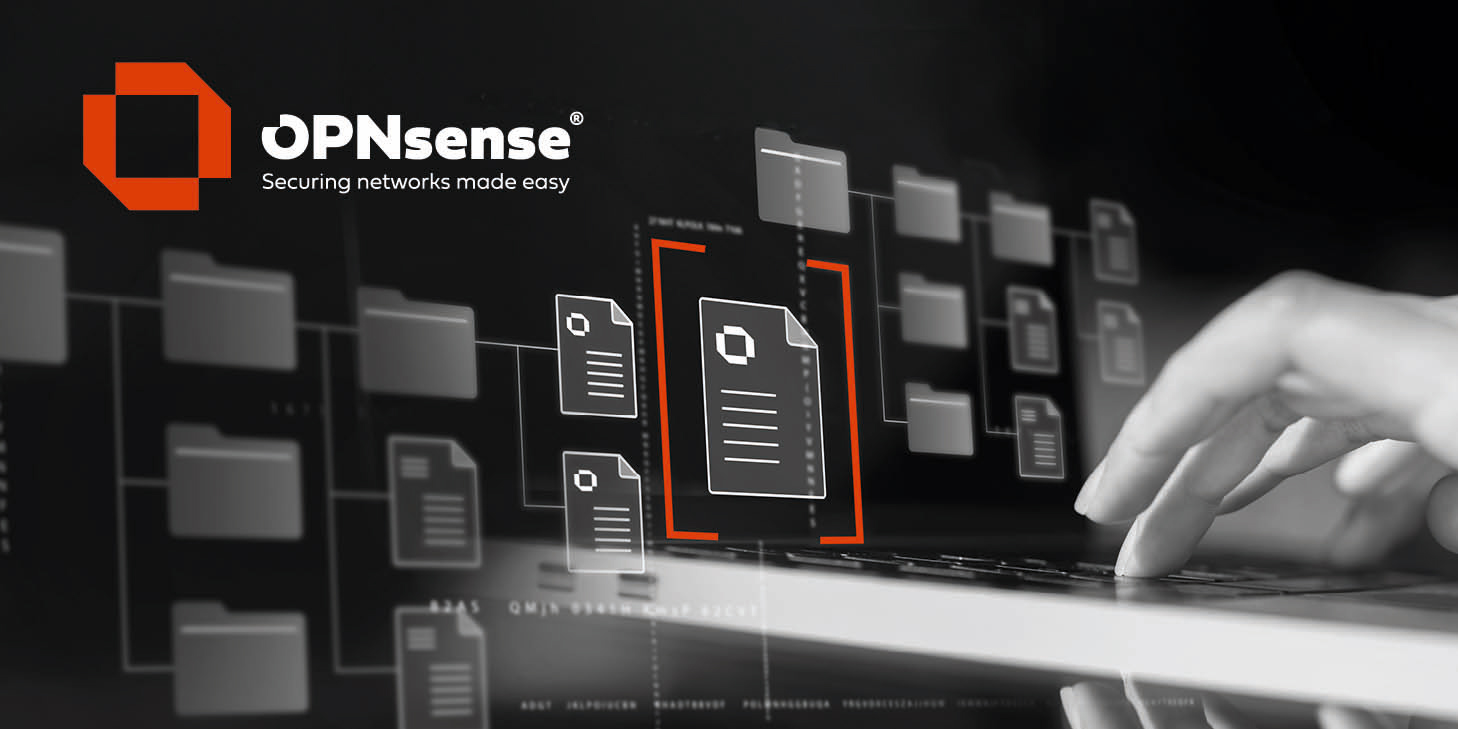Quote from: WhosTheBosch on December 30, 2024, 08:22:49 PMMy questions are:
1. How can I remove the nextdns.conf file and why is it being created? I can "rm nextdns.conf" fine. However, about restart it appears again. I can't see it listed in the templates. I don't have anything mentioning nextdns in the following directories:Code Select/usr/local/etc/unbound
/usr/local/opnsense/service/templates/OPNsense/Unbound/core/ (grep nextdns *.* returned nothing)
/var/unbound/conf.d/
OK so I've found the configuration file in /usr/local/etc/unbound.opnsense.d/nextdns.conf - is the proper way to remove it from Unbound startup then to simply rm it from that directory?

 "
"
